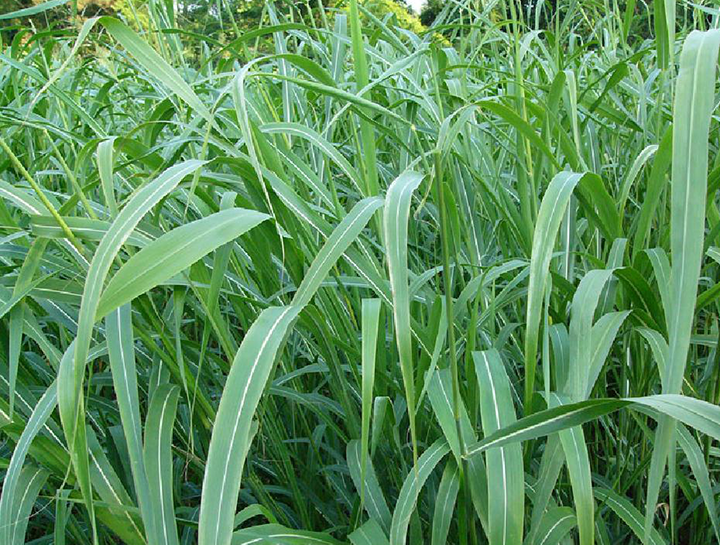Member Stories
Finding seeds and hope in the grass
When I lifted my head up I was alone. Burgundy and purple seed heads brushed against my face and shoulders. The sound of grass shaking in the wind washed all around the deeply rolling hills and over the high ridges that surrounded me. Inside that glacial kettle, a bowl of land ringed by undulating hills and ridges, my world had compressed. A pair of hawks banked along the ridges, crying out into the wind, certain of their place on this back forty. Alone, surrounded by a virgin tallgrass prairie, steeped in the purples, blues and gold of fall, I was transported to a Minnesota that once was, and perhaps to a future that might be again. Read More
The view from out here
Our crew is based about 30 minutes south of the Twin Cities in Shakopee, Minn. We’re what’s known as a “satellite crew”— a crew based out of a host shop away from Corps headquarters in Saint Paul. With five crews based in the capital city and three out of Three Rivers Park District, that leaves the Anoka and Shakopee crews as true satellites. As it turns out, I had no idea we were lonely outsiders until about halfway through our term. Read More
A day in the Corps
7:00 AM: The day starts with getting the truck from the “bull pen”, a fenced area where all the DNR and Corps trucks are housed. Our crew leader Steve checks his email or calls our project host to see what we are doing, and today we are heading up to Wild River State Park to work on woody invasives. Read More
Feast or famine on the water trails crew
Unlike many other field crews, work on a water trails crew can be very much a feast or famine type of situation. Some rivers will give us more work than we sometimes think we can handle. We’re working at least ten hours a day (many days more than that) and it seems we don’t get anywhere. Snag after snag and jam after jam seems to be blocking our path to open river, freedom and a wonderful sense of accomplishment. Read More
Oak-oak-oak savanna
Ever wonder what an oak tree talking to another oak sounds like? I know… Oak-Oak-OAK.An oak savanna -- especially one that doesn’t need management – is a rare ecosystem. Read More
The war on invasive species: Is it worth the fight?
As a member of the NPS Roving crew, I work with the Exotic Plant Monitoring Team (EPMT); as a part of that work I have spent nearly four months backpack spraying in forests and restored prairies throughout parks in the Midwest. We’ve treated exotic invasives such as sericea lespedeza, Johnson grass and Japanese stilt grass, to name just a few, but also focused on native invasives like sumac, dogwood and plum. Read More





